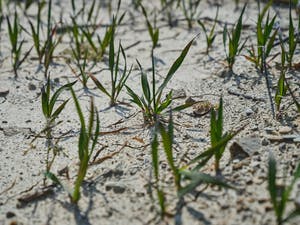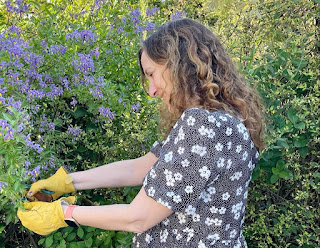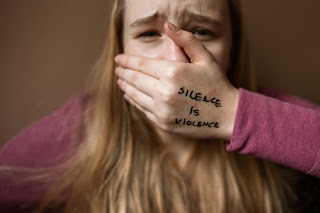THE CLIMATE CRISIS

ADDRESSING FIVE KEY AREAS FOR CHANGE Part 2 - Emissions (TRANSCRIPT) by: Rob Hanson, Co-founder and Chief Executive Officer, Monolith. Welcome to The Climate Crisis: Addressing Five Key Areas for Change. This lesson is Emissions. pexels.com-photo In this lesson, we’ll examine a strategy for transitioning to clean energy. We’ll look at the role of hydrogen in greenhouse gas emissions. And we will review the new processes and technologies to reduce and remove carbon emissions from the air. This lesson was written by Rob Hanson, the co-founder and chief executive officer of Monolith, a U.S.based startup. At Monolith, he leads the development of next-generation technology for producing low cost, low-emission hydrogen and carbon black, an important raw material used in the manufacture of rubber and plastic. Prior to Monolith, Hanson served as the global director of product management for AREVA Solar, the solar division of the world’s largest nuclear compa...









